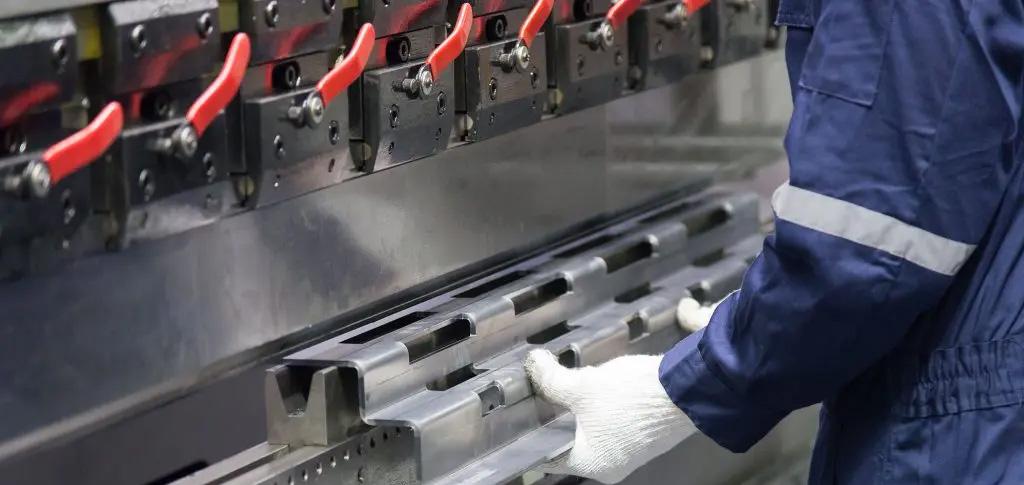
Bending with a press brake is a process commonly used in industry to form metal sheets by giving them a precise curve or angle. Here are the common types of bending performed with a press brake:
Description: The sheet metal is partially pressed between the punch (upper tool) and the die (lower tool), but without touching the bottom of the die.
Benefits :
Allows great flexibility in corners.
Requires less force compared to other methods.
Disadvantages:
Accuracy depends on variations in thickness and hardness of the material.
Description: The sheet metal is pressed until it touches the bottom of the die, ensuring a precise angle.
Benefits :
High precision in the bending angle.
Good repeatability.
Disadvantages:
Requires greater force.
Risk of increased tool wear.
Description: The sheet metal is completely crushed between the punch and the bottom of the die, which prints the exact shape.
Benefits :
Very high precision and dimensional stability.
Disadvantages:
Consumes a lot of energy.
Requires sturdy tools.
Description: Produces two close folds to create a Z-shaped offset.
Applications: Used to manufacture parts where surfaces must be parallel but at different heights.
Description: The press brake is equipped with specific tools to obtain a controlled bending radius.
Advantages: Suitable for sensitive materials where sudden bending could cause cracks.
Description: The sheet metal is bent and then crushed to obtain a flat and safe edge.
Applications: Used for aesthetic finishes or to reinforce an edge.
Description: Technique taking into account the elastic return of the material to obtain the desired final angle.
Benefits: Increased accuracy for high resilience materials.
Description: The press is set to produce asymmetrical or complex shapes.
Applications: Used for special designs.
Important factors in bending with a press brake:
Choice of tools (punches and dies): Depends on thickness, type of material, and type of bending.
Bending parameters: Pressure, speed and angle must be adjusted precisely.
Material: Thickness and mechanical properties influence the process.
Elastic Return: Must be compensated to ensure accuracy.
Sheet metal bending is a mechanical forming operation used to give an angular or curved shape to a metal part. Here is an overview of the main sheet metal bending techniques, their characteristics and applications:
Factors to consider:
Material Type: Aluminum, stainless steel, copper, etc. Each material has different properties (ductility, strength).
Sheet metal thickness: Determines proper method and equipment.
Bend angle and radius: Affect internal stress and bend quality.
Fold Type: Single fold, multiple fold, or complex shape.